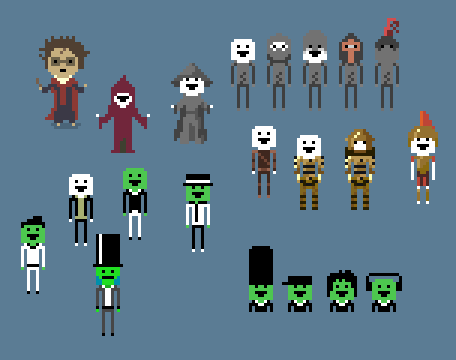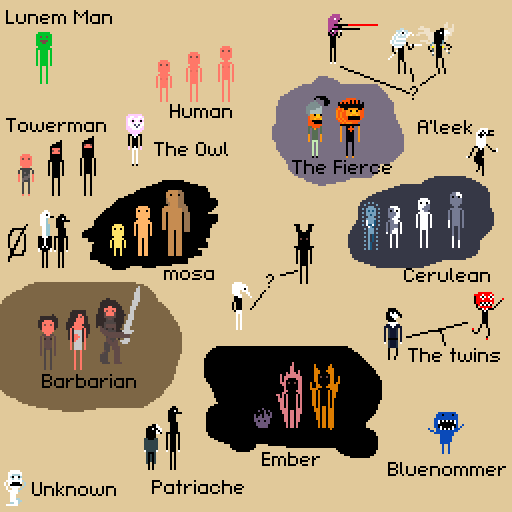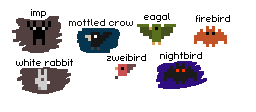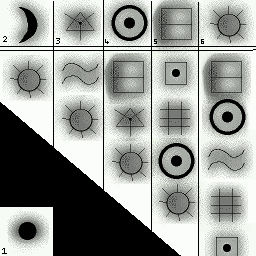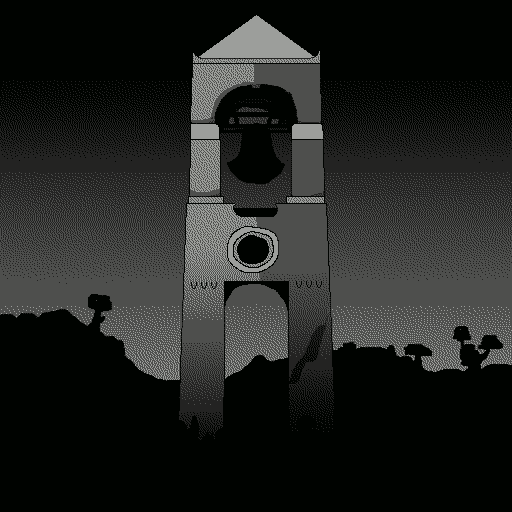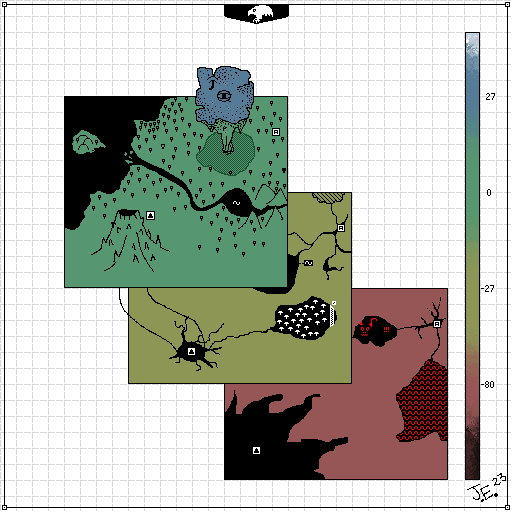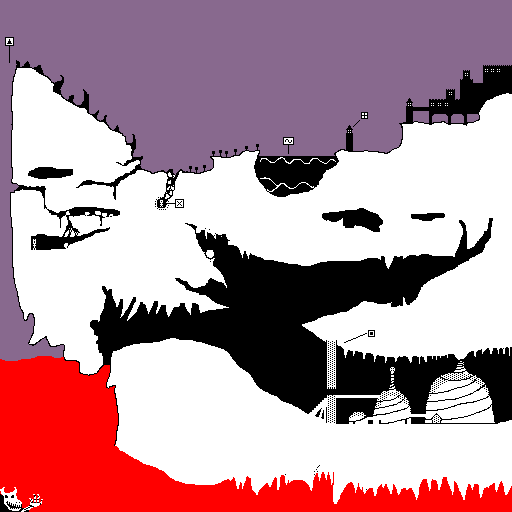(This is the Day 9 and 10 entry for the 30 day world building challenge.)
‘Oh, I scrounge a meal, here and there’, remarked the old man with the one eye and the cleft jaw. I tried to give him some copper, but he refused, ‘Not the pieces with that ugly bird on, no way in hellsname!’ I assume he was referring to the The Crow, the portrait of whom adorned the back of every single piece of city treasure in The Fourth. I stepped over the vagrant and into the building he was slumped in front of, a scrawny dog by his side. Inside I spotted a swift grill, and from it ordered a hunk of charred impsnout — not the most appetising of meals — but very cheap, and also quite nourishing. A smallpint of honeymead washed it down and I disposed of the paper containers in the adjacent pile, closing the lid.
The show I was attending, an exhibition called ‘A Day of Kindness’, had been raved about by my closest friends, and I was curious to see it. Upon paying and entering the gallery I was confronted not with large and colourful tapestries, canvases, or boarskins, but with tiny square pictures drawn on common paper and placed on the wall at equal intervals. Examining the pictures more closely I was astonished to witness a degree of artistry, both illustration and composition, that I had never before seen. Each image, only a hands width wide, contained a complex illustrated scene with details tinier than I, of 20/20 vision, could discern. The scenes were both familiar, and yet odd, containing those denizens of The Fourth least understood. The stand out image for me was a scene on a balcony, standing on which was a gentleman, with a stately disposition, having a normal conversion with the A’leek! Really! The A’leek only sings AT you, nobody has ever spoken WITH one. And so on it went, until I arrived at the last. This one stood apart from the others, it was not an illustration, but a mosaic, with uniform and square cells, eight across and eight down. As I squinted I could make out a strange smiling green face, and as I recognised it I got a vivid flash of a bloodcurdling scene in my mind — the world was scorched and everybody had turned to dust.
